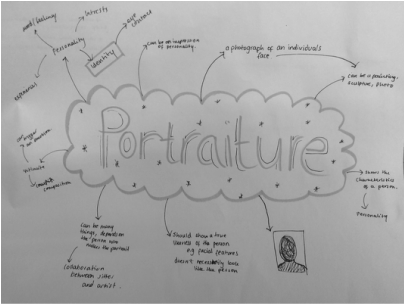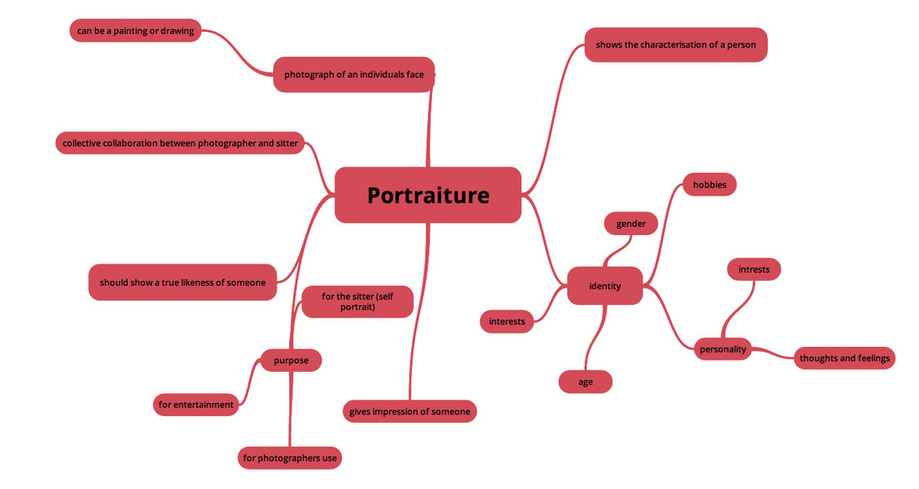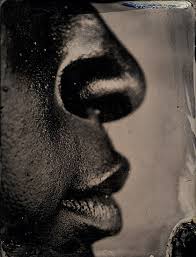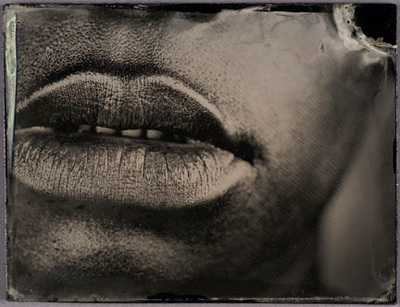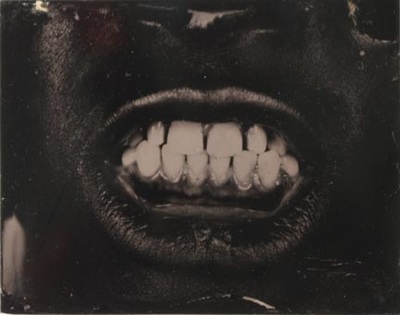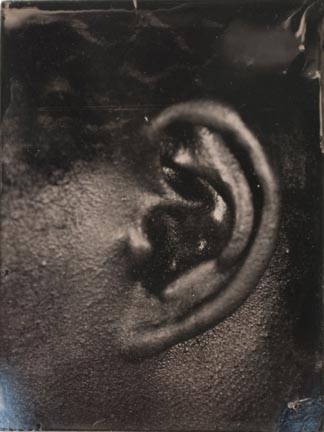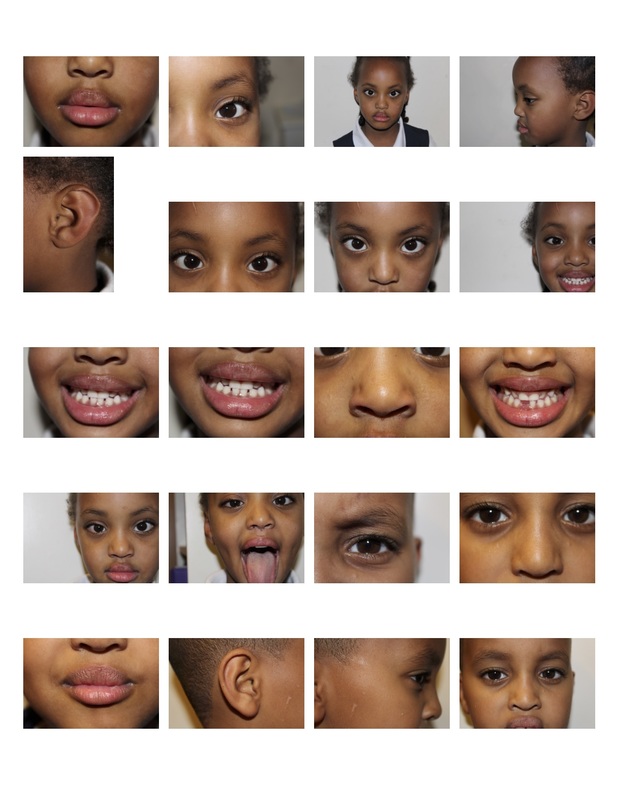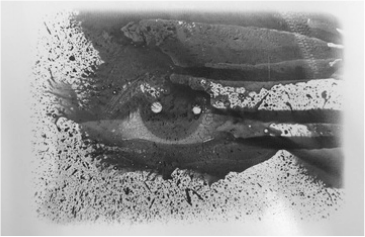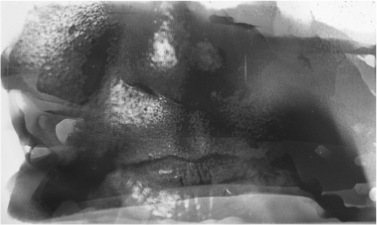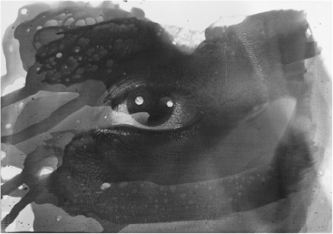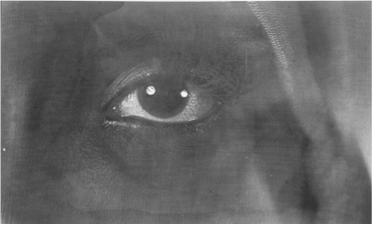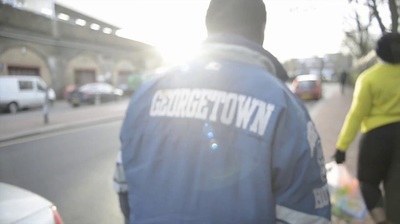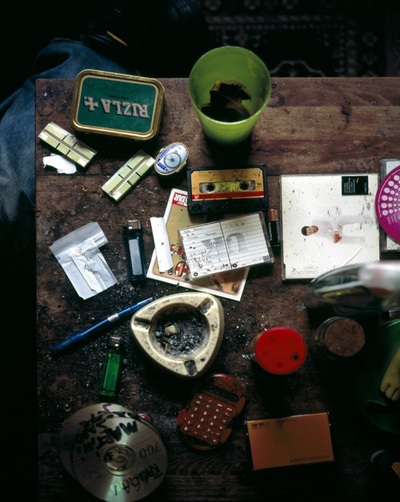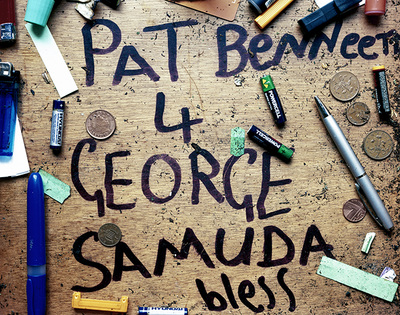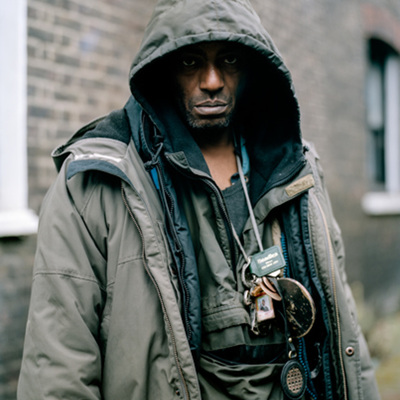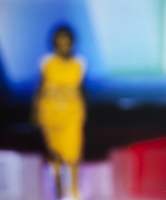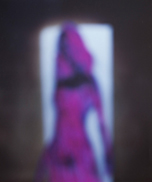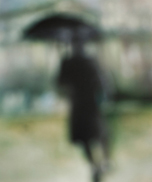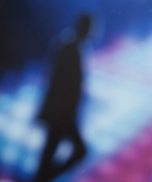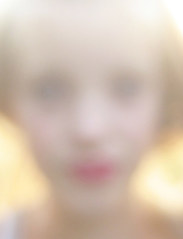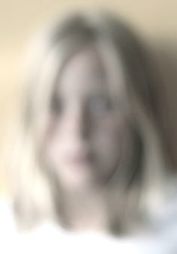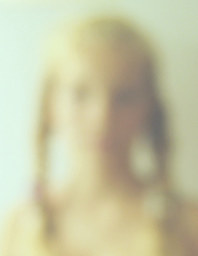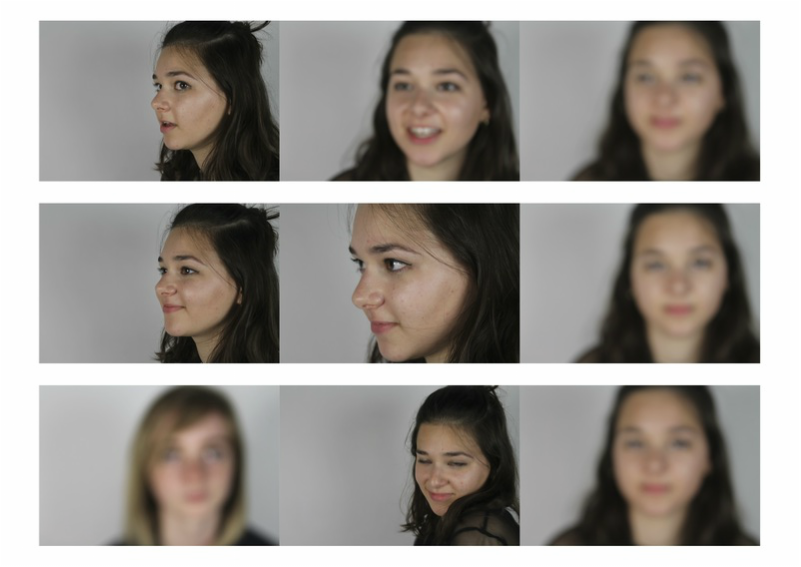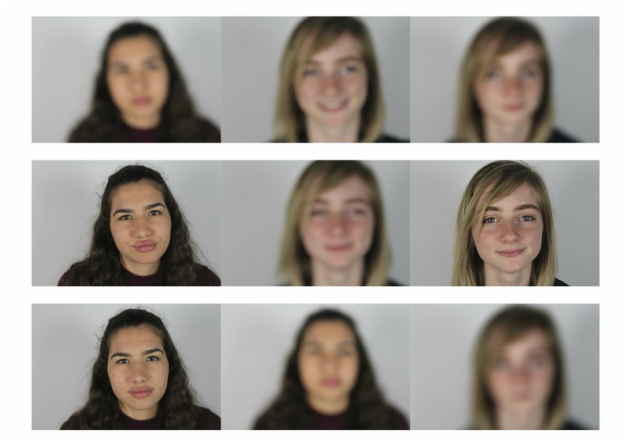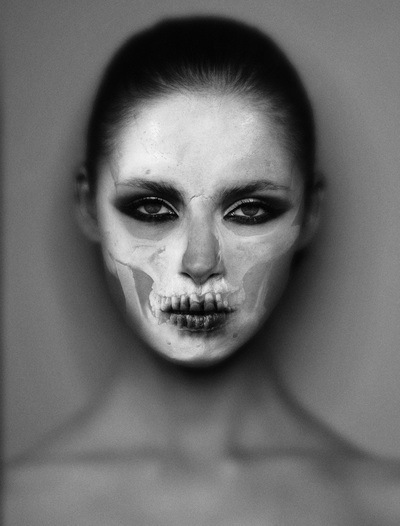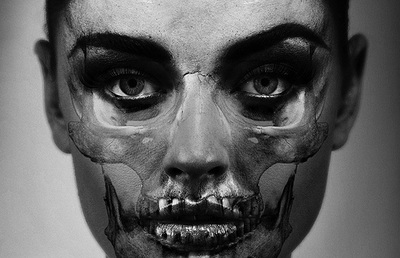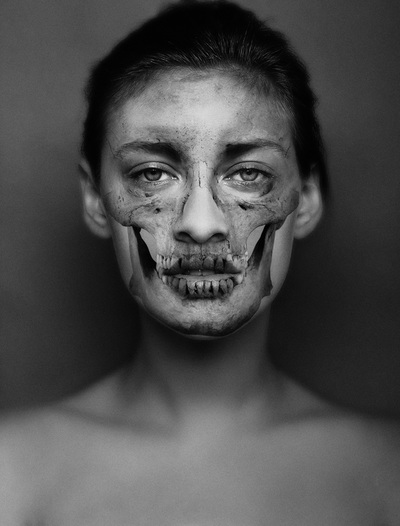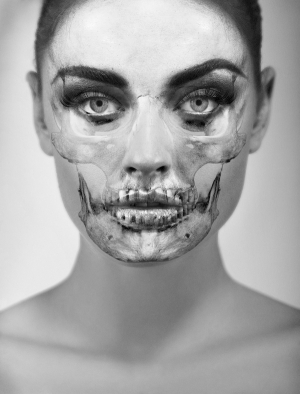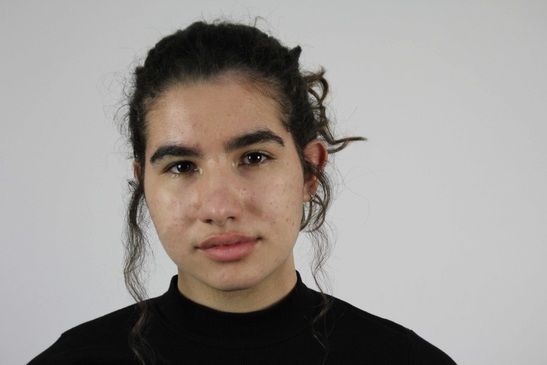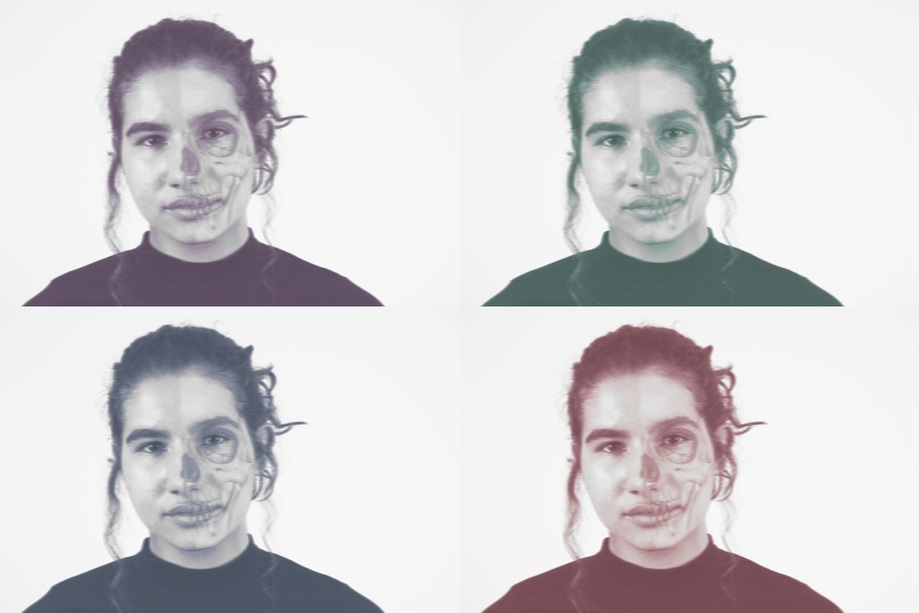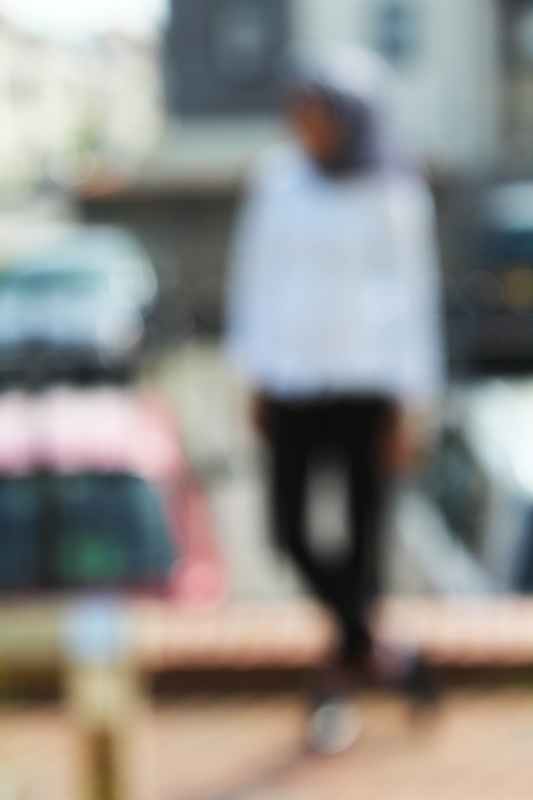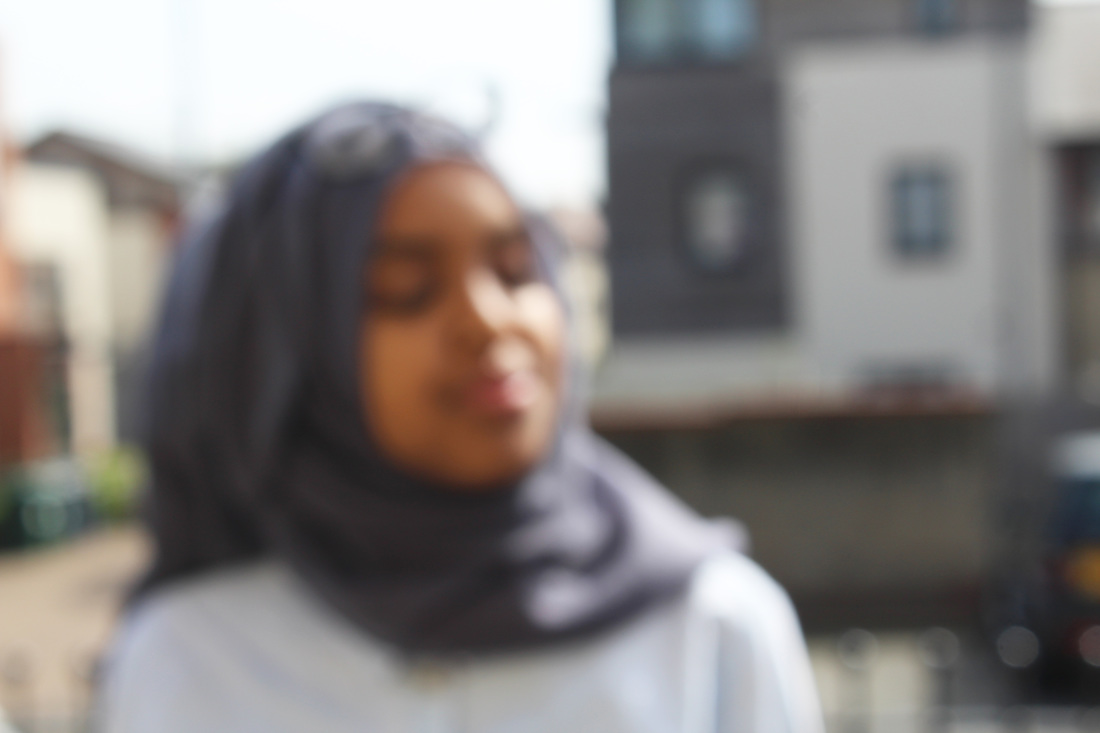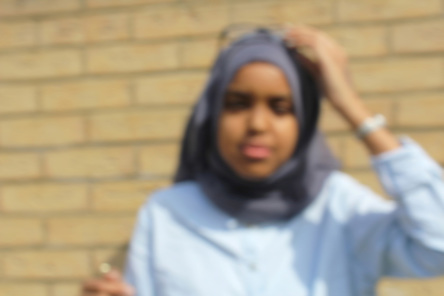Unit 1 - Portraiture
Portraiture
|
A portrait is a photograph that should show a true likeness of the person but doesn't necessarily look like the person. It can show different aspects of the person including their personality, identity, interests and more.
"In a portrait, you have room to have a point of view. The image may not be literally what's going on, but it's representative." |
Myra Greene
Myra Greene's photography showcases her struggles of being the only African american woman and feeling segregated from the rest of society. The theme of race and identity is something she is really passionate about and her project "Character Recognition" was done shortly after hurricane Katrina happened. She was shocked to see how New Orleans black residents were treated, having to fend and look after themselves. This stuck the idea of "Character Recognition", where she took photos of herself and her facial features, showcasing their unique features and skin colour which were different from the norm. Her intentions were to see whether we judge character by brief recognition and if judgement is placed without knowing.
“Race is such an important measure of visuality and photography to me and how I see photographs.”
Her photos were made using a historical photographic process called ambrotype on black glass (a positive photograph on glass made by a wet plate process.) This unique process allows us to see the distinct features, textures and colours of her face. She isolated the body into fragments to show the different parts of her face. Using low IOS (-2) and 3" x 4" amber glass prints. The flashes were 2x300 and were 9" from her face. This meant that the photos were very hard to do.
“Race is such an important measure of visuality and photography to me and how I see photographs.”
Her photos were made using a historical photographic process called ambrotype on black glass (a positive photograph on glass made by a wet plate process.) This unique process allows us to see the distinct features, textures and colours of her face. She isolated the body into fragments to show the different parts of her face. Using low IOS (-2) and 3" x 4" amber glass prints. The flashes were 2x300 and were 9" from her face. This meant that the photos were very hard to do.
Myra Greene Response
Second Recreation |
Recreating Myra Greene's photos was a fun and interesting process. Using a DSLR camera and lighting we were able to capture different facial features of our parters face. Photos consisted of eyes, noses, side profiles and mouths. We then uploaded the photos onto the computer and edited them using Photoshop. First we changed the photos into black and white just as Myra's photos were. Finding a way to make the photos the same texture and look as Myra was hard as we were using a much more modern process which is easier to do, but reducing the yellow colour balance of the photo worked very well. This allowed us to show the texture, colour and imperfections of our facial features and therefore recreate the project "Character Recognition". My second recreation was a better attempt as it turned out very similar to Myra Greene. As the person in the picture is also of African Heritage, the look of the image was easier to replicate on photoshop. |
Dark Room Techniques - Saya Sugawara
Cyanotype's are a photographic printing process that produces a cyan-blue print.
Experimenting in the dark room worked out very well. Using the photos we had taken with the DSLR using inspiration from Myra Greene, we chose a few to print out in negative so we could develop them using the exposure technique. First I used a test trip for about 3 seconds each time I exposed the photo. The best outcome was at around 4-5 seconds so I tried that and it came out right. We used many interesting techniques to experiment with and see how they would turn out. We put the developer solution in a spray bottle and photo 1 of my eye shows the finished product. It gave a unique effect to the photo that I really liked and made it look like a dripping kind of effect. Also the extra spraying left spots on the photo which I didn't expect would happen. I used a paint brush for photo 2 and 3 and it allowed for a different kind of effect. The direction of the strokes added texture and different exposure colours to the photos.
Lewis Khan - Georgetown
"A friend, a neighbour, a familiar face in the street. Georgetown is a view into the life of south london resident, George. During a period of my adolescence that saw playing football in the street as a daily ritual, George and myself often shared the same space. Frequently we would meet with a simple nod, more frequently a hello, and on occasion George would join in for a kick about. Georgetown is informed by six years of these impromptu and informal meetings in the street, usually the same one."
Lewis Khan intended to show how George, from South London, lived his life. Still photos and a short film were taken of him, to show his personality and belongings that make George, George. The technique of getting to know the person using their surroundings helped and different depths of field was used. There was a low level of natural lighting which I also tried to imitate in my recreation. The film tries to capture the viewers imagination of what George will be like before showing him. This meant that we all could make a preconception of him due to the shots of his belongings around his house such as an NHS letteer and his table with notes written on it.
My Response
|
|
For this task, we were asked to go around the school and try to get inspiration from Lewis Khan's project "Georgetown". This meant we had to visit different people who work in the institution and capture them in their natural environment. Slideshow 1 is James - the security guard. 2 was the biology tech room, and 3 was the reception which is the main part of our school. This was a fascinating task as you could see what makes each place personal to the person working there. The different jobs entailed different objects needed to do it, as I showed in the photos I took.
I was intrigued as to how each person could reflect themselves in a space they worked in everyday. Their personal photos, documents, belongings gave their areas colour and personality, allowing them to be themselves even when they aren't at home. I took the photos at different angles and distances. The closer photos showed specific objects belonging to the person. After uploading the photos, I edited the brightness, sharpness and exposures of the photos allowing colours to become brighter without taking away the environment's real lighting and feel. |
|
|
My ResponseThis is a series of photos representing my household. I have many younger siblings, most recently a 4 month old brother. He has many belongings such as his bottles and things to make his milk that represent him and his life.
I edited the photos to make them sharper, and as I did for the Lewis Khan 1st response, but tried not to change the feel and colours of my home. I used natural lighting without brightening the photo too much otherwise I thought it would ruin the actual colour of each photo. |
Strand 1 - Jasper James
I wanted to develop some of Myra Greene's portraiture further, but using Jasper James photography as Inspiration but also recreating his vision. His project is called Portraits In Megacity. He wanted to explore how you can find individuality within all the chaos of the city, by overlaying portraits over photographs of different cities.
Using photoshop seemed a fun task that I was willing to take on. I used a double exposure technique to overlay my picture with one of a city. It was a long task that involved many different layers on photoshop. I had to use a mask layer on the background picture and go around the photo with a paintbrush. This meant I could get the exact shape I wanted to get the end result.
Using photoshop seemed a fun task that I was willing to take on. I used a double exposure technique to overlay my picture with one of a city. It was a long task that involved many different layers on photoshop. I had to use a mask layer on the background picture and go around the photo with a paintbrush. This meant I could get the exact shape I wanted to get the end result.
Strand 2 - Bill Armstrong/Tinca Veerman
Bill Armstrong is a fine art photographer from New York, most known for his blurred colour photographs. The blurred colour photos show indistinguishable figures, in a very blurred style. The basics can be seen in the photo, the body parts, clothing and landscape but the photos can be imagined by different people in different ways. It all depends on the human mind and emotions. "The nature of visual perception intrigues me: how the eye continually tries to resolve these images, but is unable to do so, and how that is unsettling" Tinca Veerman is a photographer from the Netherlands. She takes blurred portraits.
Strand 3 - Carsten Witte
Carsten Witte pictures models, some of them nude and paints a light, almost illusionary skull piece on top of their face. "One main idea behind my work is the belief that everything is constantly changing but photography can preserve the moment. Beauty is almost nothing without the knowledge of how fast it will fade..."
I was intrigued as to what the skull overlay represented as it looked very unique. I used photoshop to overlay the skull and blend it into the photo. The black and white effect made the photo seem almost deathlike, tying in with the artists theme of decay and time.
Finding the right opacity and shade of the black and white photo proved the trickiest as I wanted the skull to blend in with the faces however this was hard to do as if I decreased the opacity, the skull would hardly be noticeable.
Finding the right opacity and shade of the black and white photo proved the trickiest as I wanted the skull to blend in with the faces however this was hard to do as if I decreased the opacity, the skull would hardly be noticeable.
Development of strands
|
I tried to incorporate the idea of Bill Armstrong's blurred colour with Carsten Witte's skull portraits. I loved the concept of the skull and what it represents. The skull is a dramatic visual of what people look like without their beauty. Everyone is much more similar than they think as we all have the same facial structure under our beauty, which will fade over time.
I used different colours and a very light blurred effect on photoshop to portray the look of the skull without overpowering it with colour and too much light. I didn't want to blur the photo too much so used a very small motion blur while brightening the photo, as a full on blur would disguise the photo and the look of the skull. |
Final Photos
|
|
For these photos I used a DSLR and took these photos out of focus. This made them blurry but you can still see the person in the photos. It distorts their faces and bodies making them look different and not as it seems.
I wanted to use these as my final photos as I love the simplicity of them and the different amount of blur created. You can still see the persons face or body but the blur gives it a distorted and mysterious effect. |
